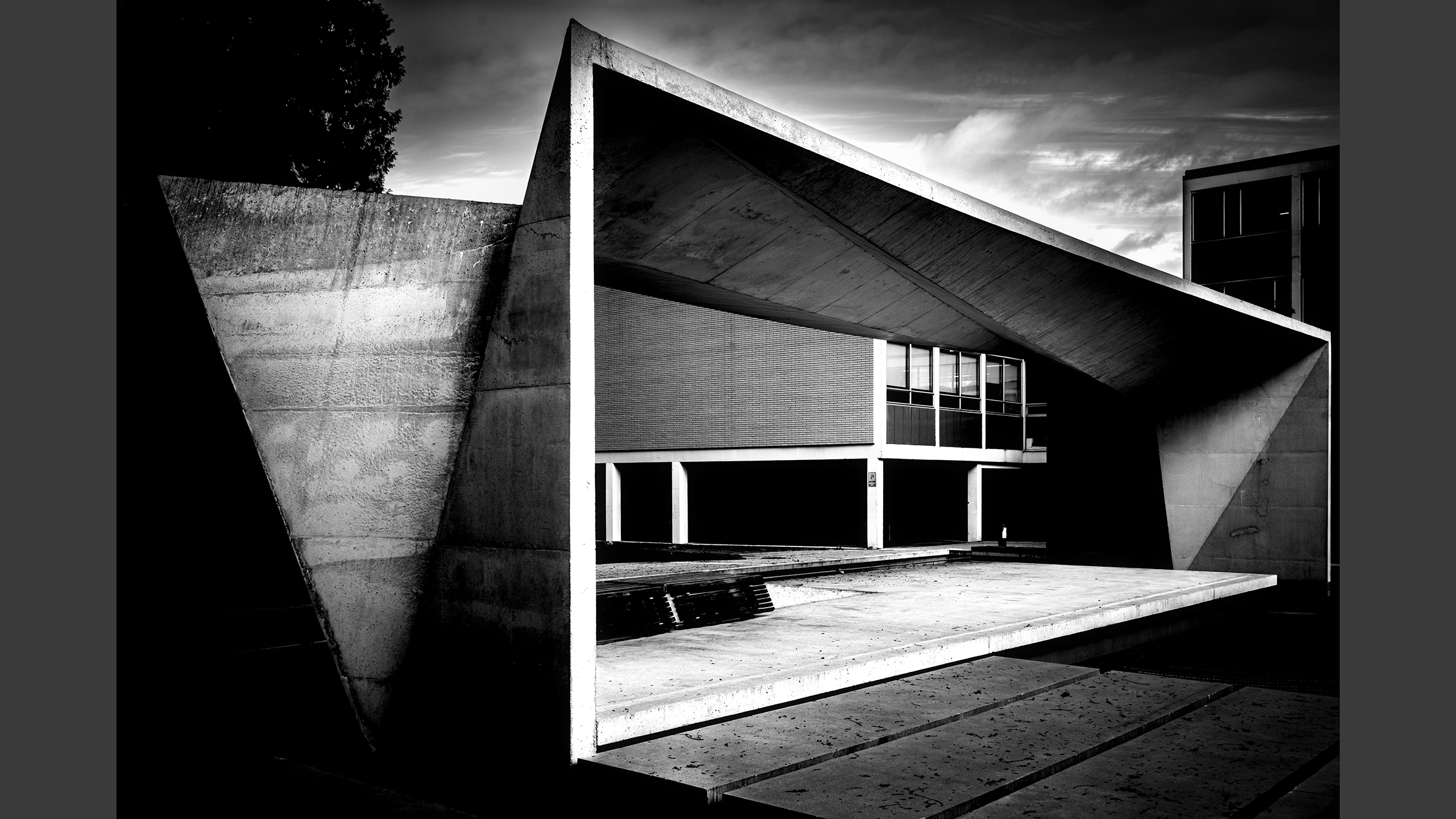Astrophotography in April 2025: what to shoot in the night sky this month
Here’s everything you need to know about what’s happening in the night sky this month
April brings some spectacular targets for astrophotographers, chief among them a string of galaxies that pop into view. It’s also a great month to watch the moon pass over the Pleiades — a favorite of all astrophotographers — see the red planet Mars pass some colorful stars and experience the first meteor shower of the new season.
Here’s everything you need to know about astrophotography in April 2025:
Tuesday, 1 April — Waxing crescent moon in the Pleiades (after sunset)
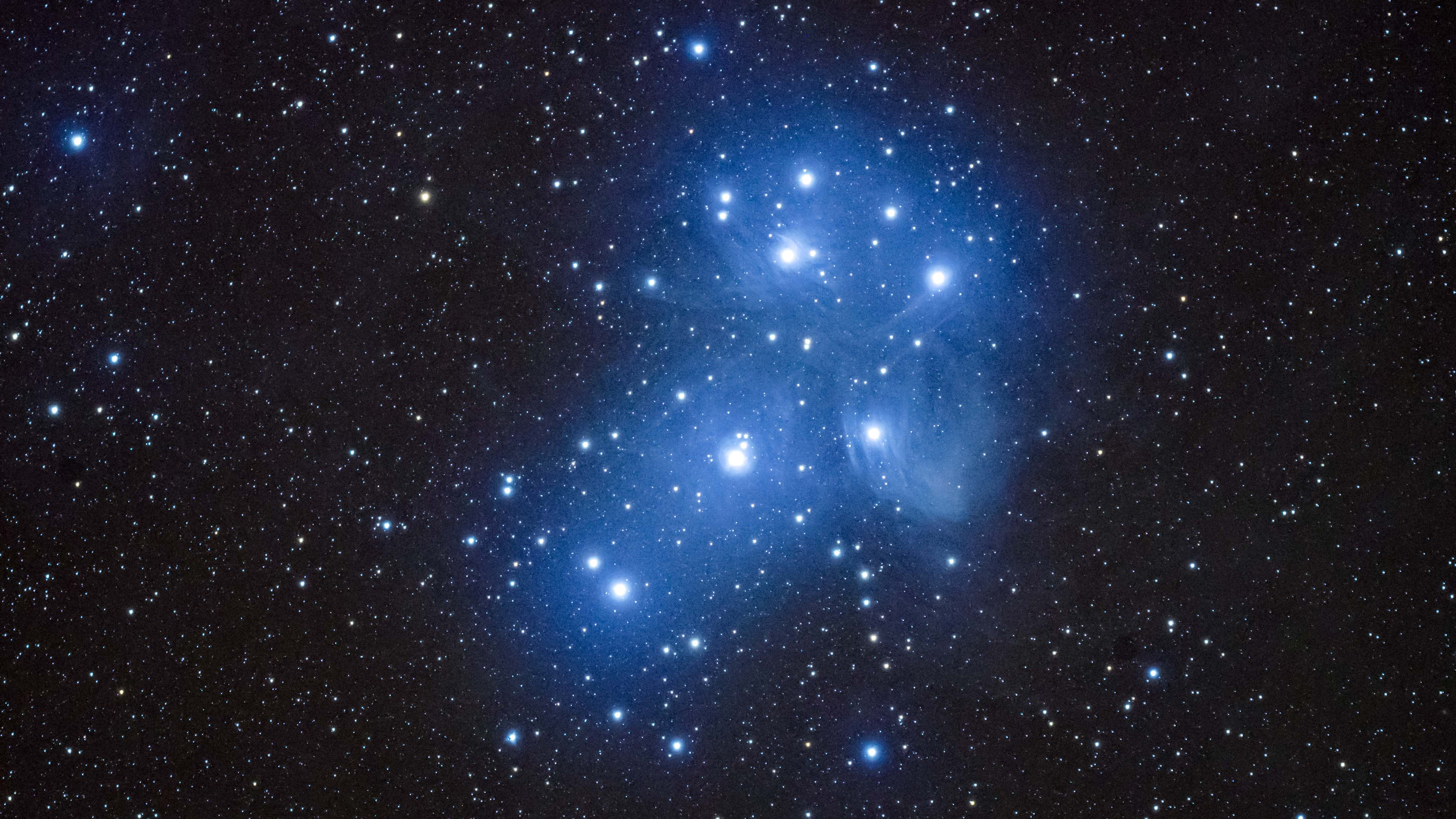
One of the brightest deep-sky objects in the sky, the Pleiades is a staple of all kinds of astrophotography from deep-sky to nightscapes. In 2025, the moon will pass very close to the Pleiades on every orbit, giving astrophotographers plenty of practice getting a shot of the two objects together in the night sky. Tonight is one of the best-looking conjunctions of the year, with a 16%-lit crescent moon gliding through the Pleiades. From Europe, the moon will be below the Pleiades after dark and take all night to move across it, while from North America, the moon will already have passed across it, necessitating a short astrophotography window after dark.
Read: The best star tracker camera mounts
Saturday, 5 April: Moon, Mars and the stars of Gemini
Just past first quarter, a now bulging, super-bright moon will pass within a couple of degrees of Mars, the red planet now waning but still shining at 0.5 mag. As a bonus, the red planet is tonight (and all this week) aligned with two bright stars in Gemini, yellowish Castor and bluish Pollux. To create an image that accentuates the color of these stars and planets, experiment using lower ISO to amplify the light and tweaking the saturation in post-production.
Read: Astrophotography: How-to guides, tips and videos
April 12: A full Pink Moon and Spica
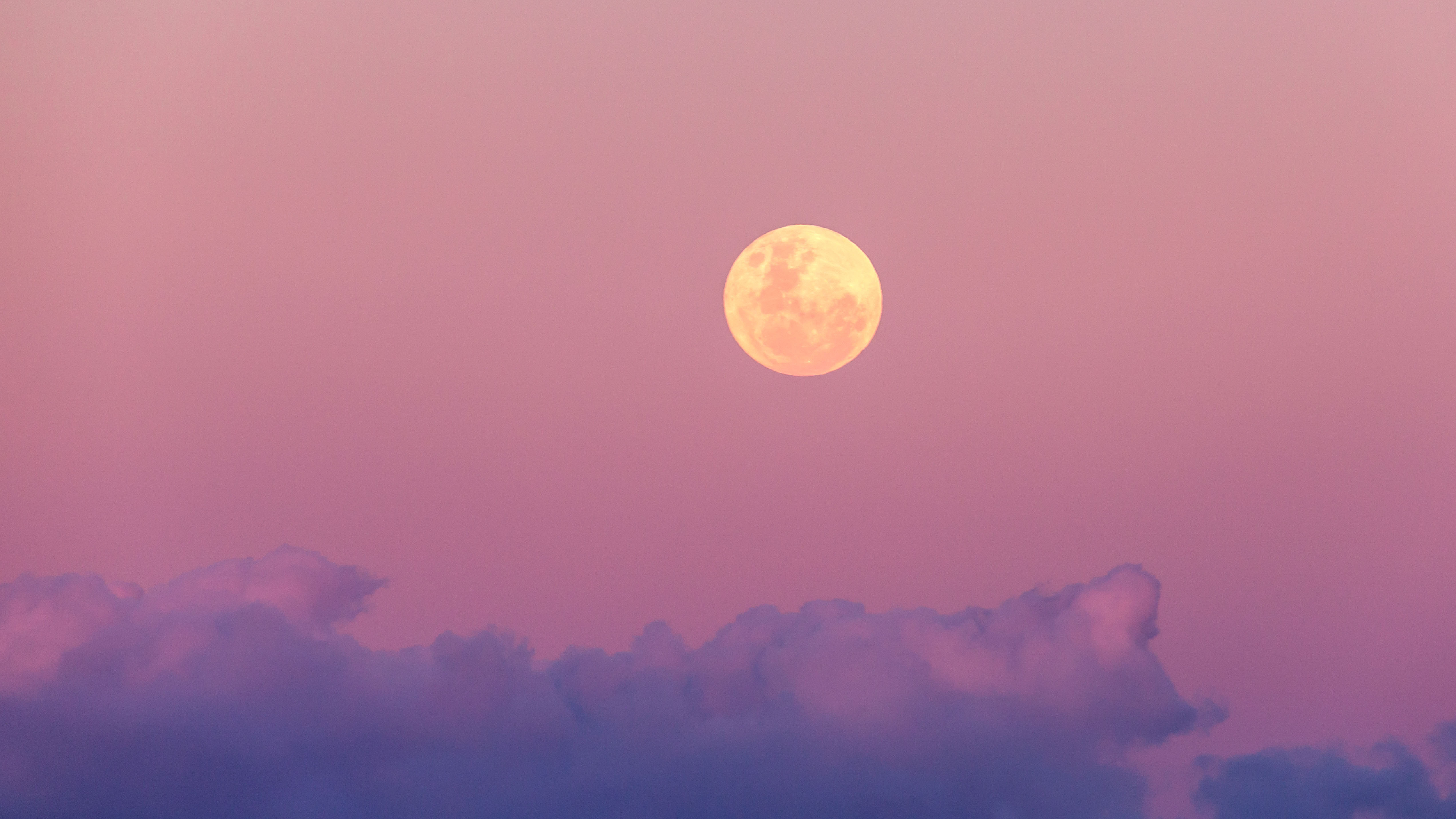
Although the full moon's rise is a monthly highlight for astrophotographers, it's really only an impressive image when the full moon rises during dusk to shine within a still-lit landscape. That doesn’t necessarily happen for locations in Europe and North America this month, but it’s worth being patient because as the Pink Moon rises higher into the sky (check the moonrise/moonset times for your location), bluish bright star Spica will appear just underneath. The following night, it will sit above the later-rising near-full moon.
Get the Digital Camera World Newsletter
The best camera deals, reviews, product advice, and unmissable photography news, direct to your inbox!
Read: How to photograph the full moon
April 21 - May 1: Dark sky window
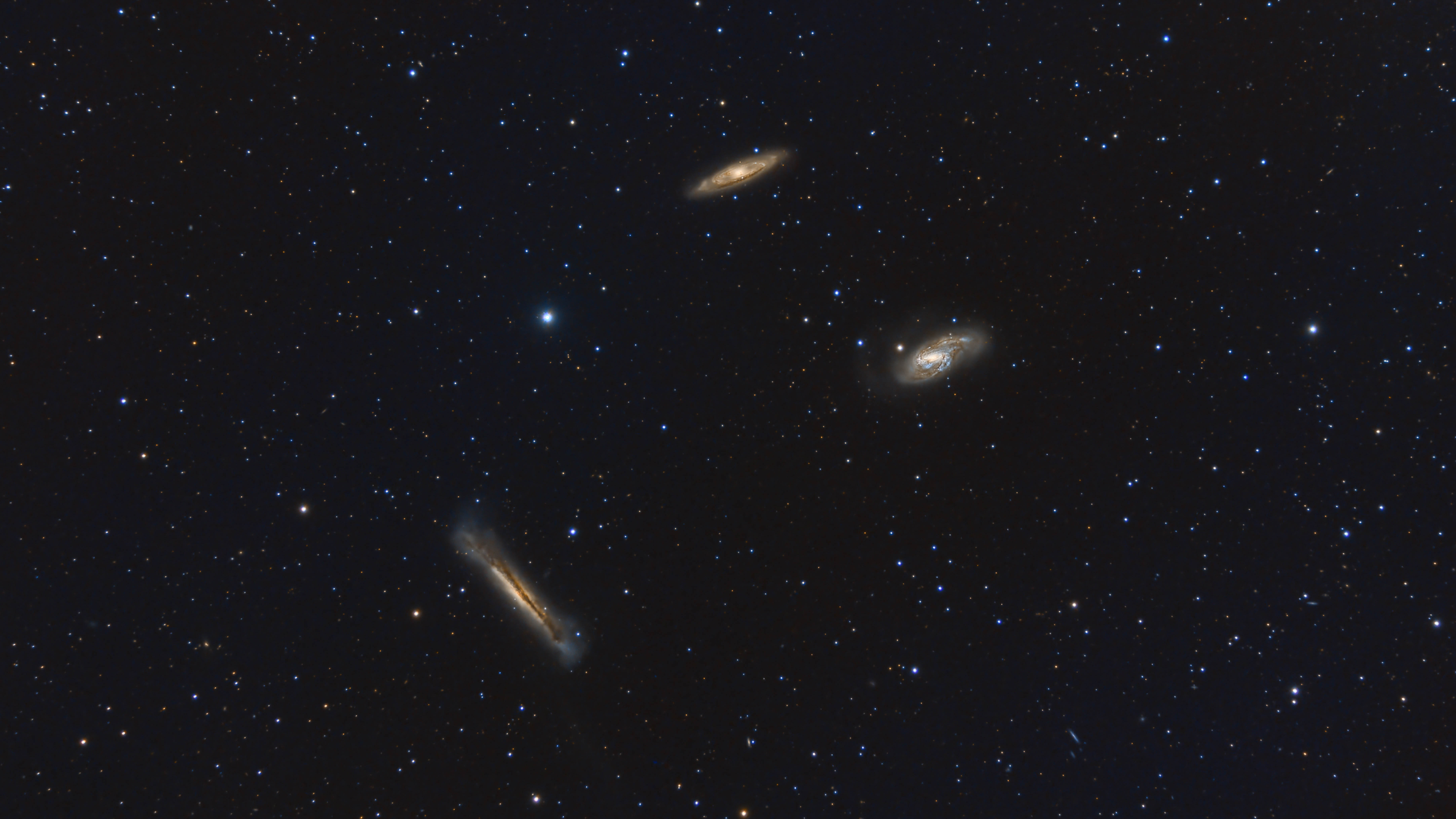
Deep sky Astro photographers will have been waiting for this period for a long time. Tonight sees the last quarter moon rise, which means no moonlight until midnight, with a late-rising, shrinking moon assured for the next week. Even after the new moon on 27 April, the nights will be predominantly dark until early May. It’s a perfect time to dust off that astrophotography rig and get imaging seasonal deep-sky objects, which in spring means galaxies. With the night side of Earth well-placed for observations away from the Milky Way, distant galaxies that can be imaged include the Leo Triplet (M65, M66, NGC 3628), the Pinwheel Galaxy (M101), Bode's Galaxy (M81) and the Cigar Galaxy (M82), the Sombrero Galaxy (M104) and the Sunflower Galaxy (M63).
Read: The best cameras for astrophotography
April 21-22: Lyrid meteor shower peaks
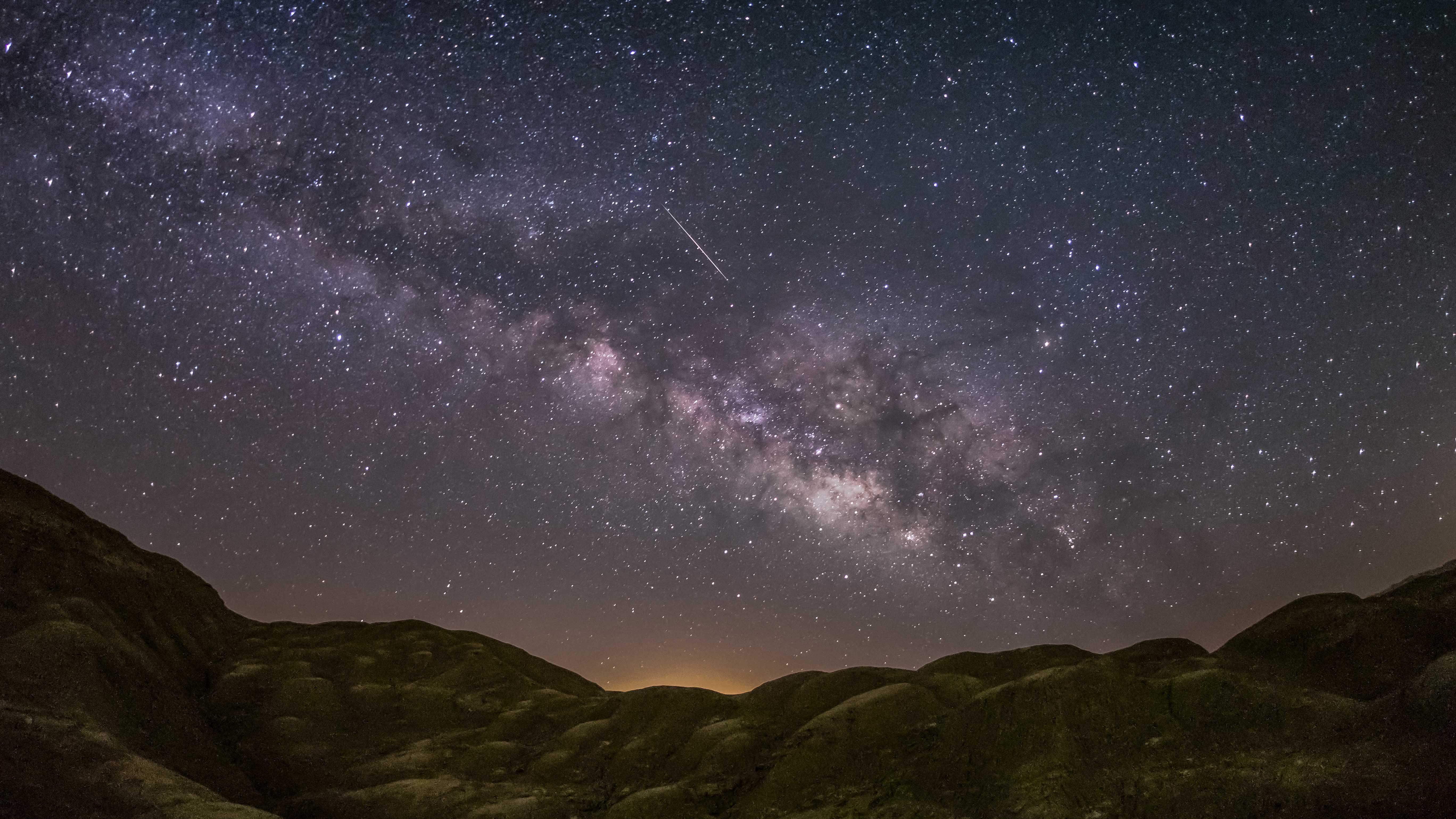
Taking place between April 16 and 25, but peeking overnight on April 21–22 is the Lyrid meteor shower, the first display of “shooting stars” since January’s Quadrantdids. This is not a significant meteor shower, with about 10 to 15 meteors expected per hour around the peak. However, meteor showers are not exactly challenging to photograph. It may be impossible to whip out a camera and take an image of one just after you've seen one – they move far too quickly for that – but there is an easy solution.
If you put a DSLR or mirrorless camera wearing a wide-angle lens outside on a tripod after dark, preferably close to midnight, you can leave it alone to shoot 30-second exposures, raking through the images the following day to see if you picked up any shooting stars. However, before you leave your camera alone, make sure you've composed a nice-looking, balanced image, using around ISO 800 to keep it dark enough and clean.
Read: Astrophotography tools: the best camera, lenses and gear
Astrophotography Shot of the Month: Northern Lights videos
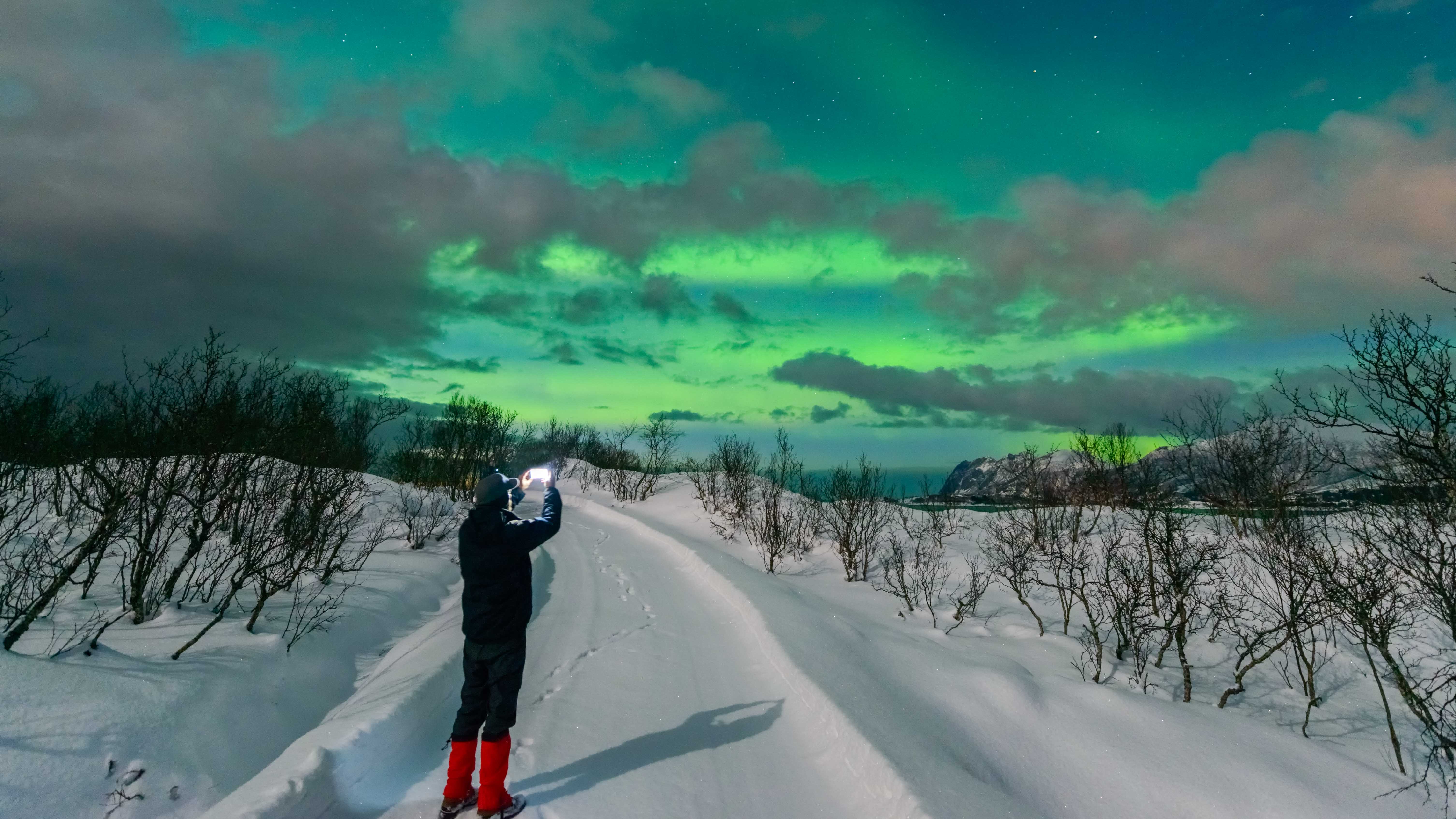
Aurora hunting season typically spans from September to March in the northern hemisphere, so you may be wondering why we’re focusing on how to video the Northern Lights this month. While there is a definitive aurora season around the Arctic Circle—where auroras tend to form a permanent oval—that is not the case for more southerly latitudes, which experience much longer daylight hours. It’s also often the case that the frequency and intensity of aurora increase in the few weeks after the celestial geometry of the spring equinox, which took place on 20 March this year. If you need a reason to be ready for aurora in Europe or North America, recall the spectacular aurora displays as far south as 25° north in May 2024.
While it’s tempting to use a DSLR or mirrorless camera to capture sudden auroras caused by intense geomagnetic storms, the latest smartphones can also produce incredible images and impressive aurora videos—if used correctly. There are a couple of key techniques to keep in mind. Although shooting in 4K at high frame rates and using a wide-angle lens may seem appealing, the results are often disappointing. Instead, rely on your smartphone’s primary camera lens at 1x zoom and adjust the settings to record in HD at 30 frames per second. This allows more light to enter, producing bright and awe-inspiring videos.
Read more:
• The best light pollution filters

Jamie has been writing about photography, astronomy, astro-tourism and astrophotography for over 15 years, producing content for Forbes, Space.com, Live Science, Techradar, T3, BBC Wildlife, Science Focus, Sky & Telescope, BBC Sky At Night, South China Morning Post, The Guardian, The Telegraph and Travel+Leisure.
As the editor for When Is The Next Eclipse, he has a wealth of experience, expertise and enthusiasm for astrophotography, from capturing the moon and meteor showers to solar and lunar eclipses.
He also brings a great deal of knowledge on action cameras, 360 cameras, AI cameras, camera backpacks, telescopes, gimbals, tripods and all manner of photography equipment.
You must confirm your public display name before commenting
Please logout and then login again, you will then be prompted to enter your display name.
